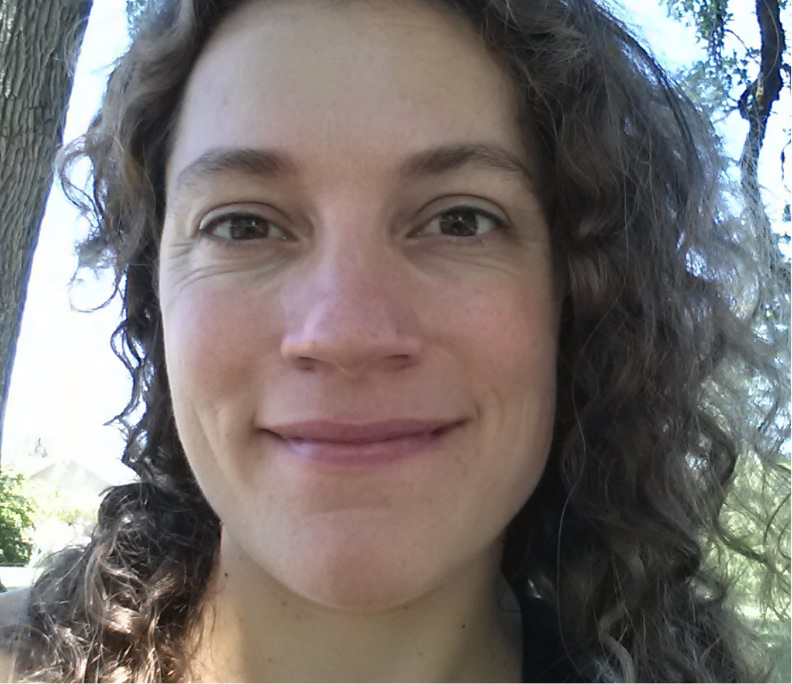This month, we’re asking all community engagement professionals within science to complete our state of scientific community management survey. The survey’s intended to determine the variety of community-building roles that exist within science, and is the first activity of our Community Engagement Fellows program. We’ll be sharing a report of the survey results once we’ve analyzed them.
But just who are the scientific community engagement professionals? To help answer that question we’re running a series of Q&As with people in existing community-building roles. If any of these stories resonate, please do take 12 minutes to complete the survey! The more input we have to the survey, the more detailed our view of the overall landscape will be.
Today we’re featuring Tania Siemens:

Thank you for agreeing to speak with us about your work as a scientific community engagement manager! Could you introduce yourself to our readers? Tell us a little bit about yourself and the community you manage.
Hello, my name is Tania Siemens and I am the STEM Central Community Manager in the Office of Undergraduate STEM Education at the Association of American Colleges and Universities. I have been working on the STEM Central project since 2012. Since then we have grown to become a 1700 member strong meta-Community of Practice for STEM Higher Ed reform.
Our goals are to improve teaching, education research, leadership development, and broadening participation in undergraduate STEM. Our community includes faculty and administrators in Higher Ed institutions, with a special focus on NSF principal investigators (PIs).
What was your path to community management? Were you trained as a scientist or did you come by another route?
As I child I definitely did not say I want to grow up to be a Community Manager, but reflecting on my pathway here and my interests and skills, it is certainly an appropriate place for me to end up.
I was trained as a scientist, getting a Master’s degree in Invasive Plant Ecology and Management at Cornell University, but while I was there I gravitated toward opportunities to engage with others and improve teaching and learning about science. For example, I was an NSF GK-12 Fellow and worked to help teachers integrate scientific inquiry into classrooms.
After graduating I worked at the Oregon Sea Grant College Program coordinating a community of teachers who were integrating invasive species into their science classrooms to spark more student engagement. In fact it was one of our teachers who connected me to the STEM Central Community Manager position where I am now.
Can you describe the key responsibilities of your role? What does an average week look like for you at the moment?
My responsibilities are all over the board. I do anything from data entry to orienting new members to the community, organizing webinars, and strategic planning. The diversity in what I do is part of what makes Community Management so interesting.
Currently we are working on launching a Summer Short Course on program evaluation, and thus I have been busy recruiting speakers for the webinars, coordinating the logistics and webinar scripts, and working out the needed technology.
We are also in the process of developing a new website. This work involves understanding and evaluating the various tools that different platforms offer, aligning those to our community needs, and then working with a web developer to plan, review, and test a new STEMCentral.net.
Do you share the task of managing your community with anyone else – and do you belong to a team or wider group working on the project?
Yes I am lucky that I have a large amount of support from my co-workers to help engage our community. Our executive leadership is also extremely involved and supportive, which makes things much easier. We also have a student that helps with data entry and maintaining our social media presence.
What is the biggest challenge you have faced as a scientific community manager? Are there ways in which your role could be made easier – such as professional development opportunities or something else?
I would say my biggest challenge is engaging and supporting a community of leaders on STEM Central. We have many smaller community groups that have grown in membership as people express interest in a topic, but it is challenging to keep all of these groups active by myself. I would be very interested in learning more about how I can effectively and efficiently support volunteer community leaders on STEM Central.
And zooming out a little, why do you think community engagement important to science? How have you seen active management improve your community?
I think we are only seeing the beginning of community engagement as a tool for advancing science, especially in the virtual environment. Clearly, the more scientists communicate ideas and findings with each other, the better each becomes at their own practice, and the better the science becomes. However, as our population grows and travel budgets simultaneously shrink, there are fewer opportunities for scientists to get together in person, making the online environment increasingly important. Also, as technology advances and becomes more accessible, I think the online environment will come to feel as engaging as an in person meeting. I would not be surprised if in the near future we will all attend virtual meetings and interact with each other as holograms!
Community managers have an essential role in shepherding this growth. Our community members are busy university faculty and administrators who may not have time to look for and upload critical resources or organize engagement events, but we know they are accessing and getting value from the information we put out there and the events we organize. A community manager can support leaders within the community by being the catalyst they need to apply their knowledge and skills for the good of the broader community.